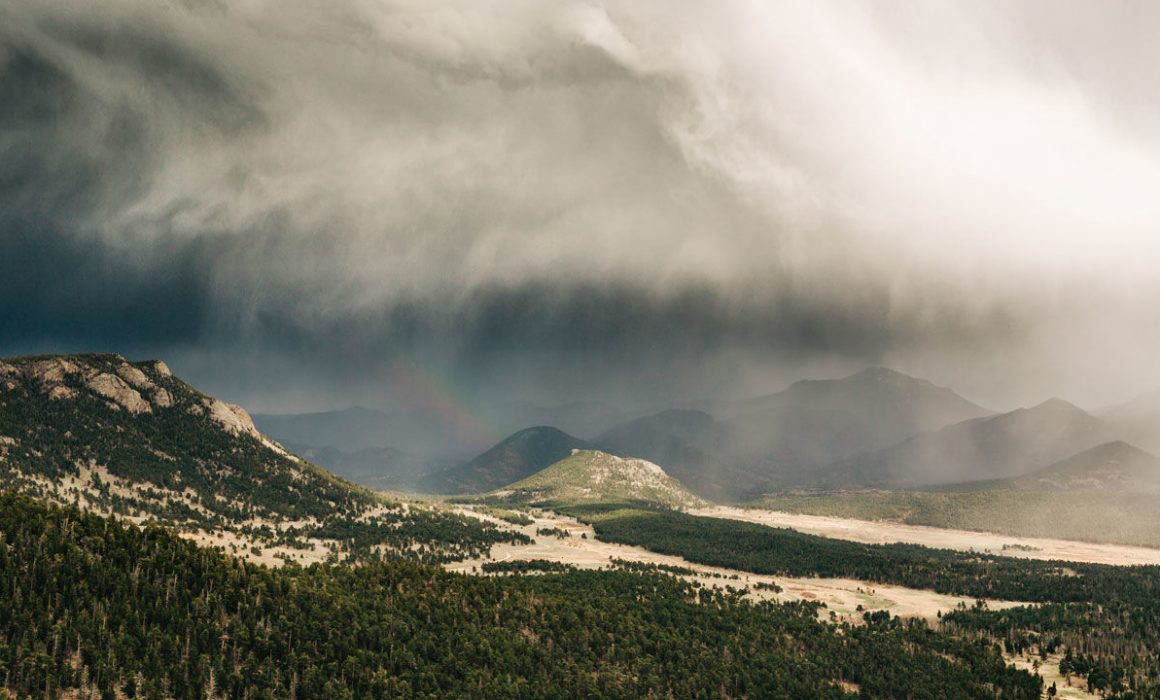New Study Shows More Than 1,000 Tons of Plastic Dust Lands on U.S. National Parks Each Year
Originally published by American Association for the Advancement of Science. Original article available here.
Plastic dust is blowing into U.S. national parks—more than 1000 tons each year
By Erik Stokstad Jun. 11, 2020 , 5:30 PM
Remote wilderness areas and national parks in the western United States are getting a dusting of plastic every year, perhaps 1000 tons or more, according to a new study. Up to one-quarter of the microscopic pieces of plastic—which come from carpets, clothing, and even spray paint—may originate in storms passing over nearby cities, whereas the rest likely comes from farther flung locations. The findings, the first to tease apart geographic origins, add to mounting evidence that such microplastic pollution is common worldwide.
“We created something that won’t go away,” says Janice Brahney, a biogeochemist at Utah State University and lead author on the new paper. “It’s now circulating around the globe.”
Brahney didn’t set out to track plastic pollution. Instead, she wanted to study how wind-blown dust delivers nutrients to ecosystems. So, she set up a pilot study with the National Atmospheric Deposition Program to collect such dust at a network of weather stations usually used to sample rainwater across the United States, mostly in remote locations.
Looking at samples from 11 remote areas in the western United States, including the Grand Canyon and Joshua Tree National Park, Brahney noticed brightly colored fragments under the microscope. “I realized that I was looking at deposition of plastics, which was really shocking.” Brahney didn’t have funding to study microplastic pollution, so she did the analysis on her own time, spending a “very long and stressful year” of evenings and weekends counting nearly 15,000 tiny pieces—most of them less than one-third the width of a human hair.
Brahney found a lot of tiny fibers, likely from clothes, carpets, and other textiles. She also found minuscule particles, about 30% of which were brightly colored spheres. Smaller than the plastic microbeads that have been used in cosmetics and other personal care products, the spheres are components of paints that might be released to the atmosphere during spray painting, she says.

Chelsea Rochman, an ecologist at the University of Toronto who studies microplastics, calls that finding “striking.” The paints are “a whole new source that hasn’t really been discussed before.”
The remaining 70% of the particles were harder to classify. So Brahney and a colleague turned to a technique called Fourier transform infrared spectroscopy to analyze those particles and the fibers. It showed that the samples contained on average 4% plastic. “That number blew us away,” says Brahney, who had expected less than 1%.
After running the numbers, Brahney and her colleagues estimated that about 132 pieces of microplastic land on every square meter of wilderness each day. That adds up to more than 1000 tons of plastic per year across national parks and other protected areas of the western United States—the equivalent of 300 million plastic water bottles, they report today in Science. Other studies have found similar amounts of microplastics in remote locations, including Europe’s Pyrenees Mountains and in Arctic. But the new study has far more detailed data, which helped Brahney in her next step: figuring out where the plastic was coming from.
To do that, Brahney used a weather model to identify the paths of storms for 48 hours before they reached the sampling sites. Storms that had passed over or near large cities carried more microplastic than other storms, she found. The largest amounts were carried in storms that had passed over Denver; these storms deposited 14 times as much microplastic in the Rocky Mountain National Park sample station as storms that came from other directions. The pieces of microplastic were also larger than those that settled out of the air in dry weather, suggesting the strong winds of the storms had picked up the heavier pieces.
Brahney says most of the plastic is likely coming from more distant locations, brought in via high-altitude winds rather than regional rainstorms. About 75% of the plastic was deposited during dry rather than rainy weather. Those pieces tended to be smaller—the size of extremely fine dust, which can travel for thousands of kilometers. In addition, the deposition patterns showed some influence of the jet stream. Higher elevation sites also tended to have more microplastic, further implying that the particles move high in the atmosphere—and may circulate globally.
Rochman calls this piece of the study the “wow” part. Trying to understand the patterns and processes of how microplastics move around the globe is only just beginning, she says.
Brahney is now working with atmospheric scientists who specialize in dust transport to study such questions as how plastic particles move through the atmosphere, where they might come from, and how much could be in the air. Much of this microplastic might have been circulating for years, if not decades, she says. The particles may have first settled in farm fields, or deserts, or the ocean and then have been picked up again by winds as part of a global “plastic cycle.”

